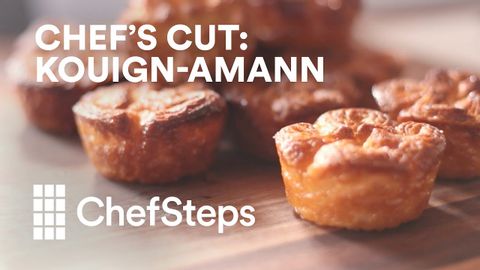シェフズカットクワン・アマン (Chef's Cut: Kouign-Amann)
amber が 2021 年 01 月 14 日 に投稿  この条件に一致する単語はありません
この条件に一致する単語はありません- adj.適した;十分な;良い;善良な;元気な
- n. (u.)利益
US /ˈrɛsəˌpi/
・
UK /'resəpɪ/
US /ˈtɛkstʃɚ/
・
UK /ˈtekstʃə(r)/
- n. (c./u.)音楽などの雰囲気;手触り
- v.t.質感を持たせる
- v.t.承諾する;聞き入れる
- n. (u.)助成金
- prop. n.グラント
エネルギーを使用
すべての単語を解除
発音・解説・フィルター機能を解除

